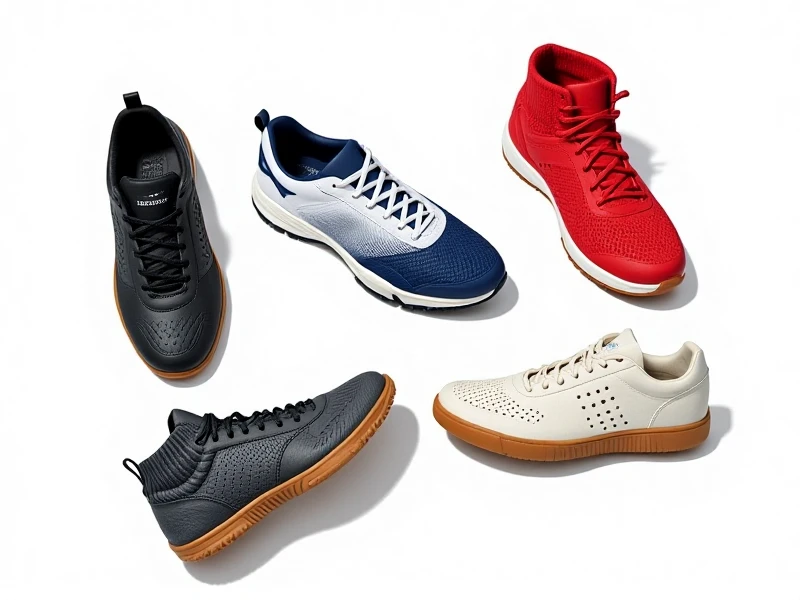
Finding the Ideal Training Shoes for Your Fitness Journey
Not all athletic shoes are created equal. For serious fitness enthusiasts, training shoes are the specialized foundation for varied workouts. Versatility is key; these shoes bridge the gap between running-focused sneakers and hardcore weightlifting kicks, making them essential for anyone tackling circuit routines, agility drills, HIIT, or light lifting.
What defines the best training shoes? Prioritize comfort and support above all. They must cradle your foot during multidirectional movement. Look for ample midsole cushioning to absorb impact from jumps and plyometrics, combined with strategic stability features – often medial posts or arch support – that prevent inward rolling during lateral cuts or weighted exercises. A lower heel-to-toe drop promotes stable footing, mimicking a natural stance important for squats or lunges.
Breathability matters significantly. Long sessions generate heat; opt for uppers featuring engineered mesh that allows air to circulate, keeping feet cool and comfortable. Synthetic overlays should provide structure and lockdown without constriction. Materials offering durability where you need it most—like reinforced toe caps—are essential for gym floor resilience.
Think about traction. The outsole demands a grippy rubber compound with a versatile tread pattern – think multi-directional lugs or hexagons. This delivers reliable grip on gym floors during sudden stops, pivots, or shuttle runs, reducing slip risk. For those occasionally training outdoors (like park HIIT), consider slightly deeper treads.
Finding the perfect workout footwear often involves trying them on in-store. Ensure there's a comfortable thumb's width of space at the toes to accommodate natural foot expansion during exercise. Perform dynamic movements: mimic a lunge, jump lightly, and shift side-to-side. Pay attention to heel security; there should be minimal lift. The midfoot should feel stable without pinching, and overall flex should feel natural, not cumbersome.
Quality training shoes aren't cheap, but investing in your supportive foundation protects your feet and joints, potentially preventing injuries that sideline your progress. Don't settle for worn-out pairs; replace your fitness footwear regularly, typically every 300-500 miles of activity or when cushioning feels flattened and support falters. With the right pair, every rep, jump, and sprint feels more powerful and secure.